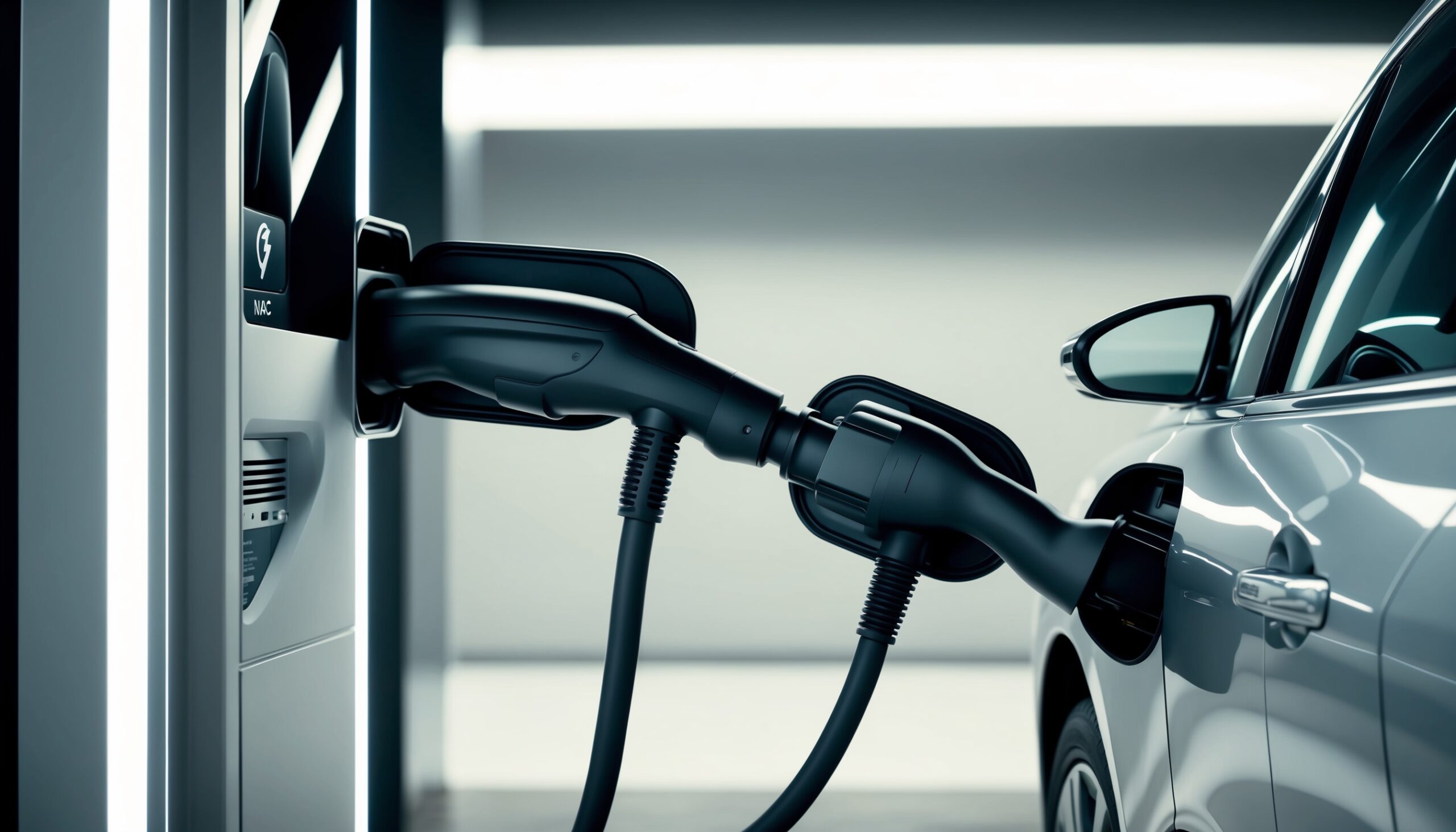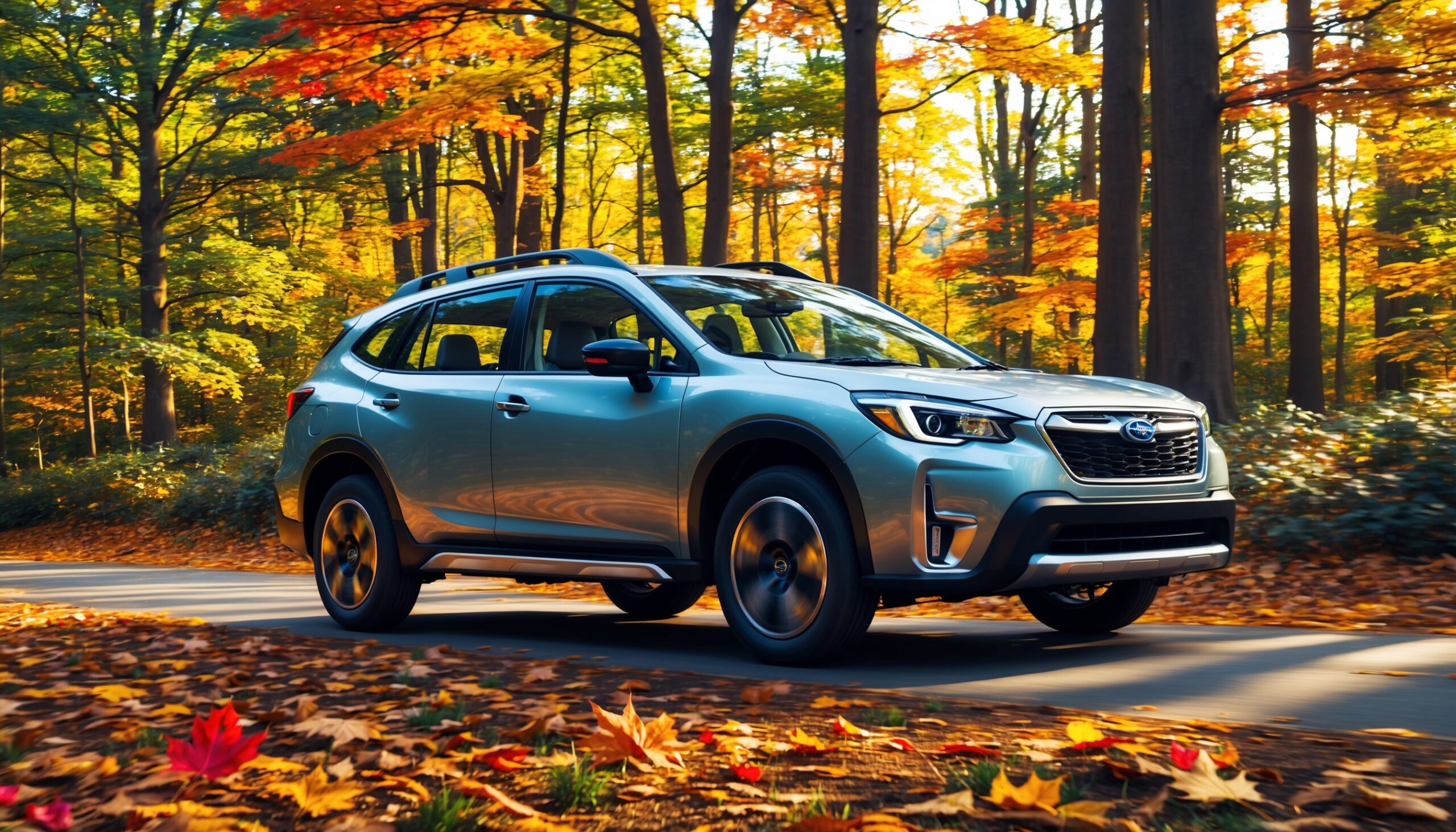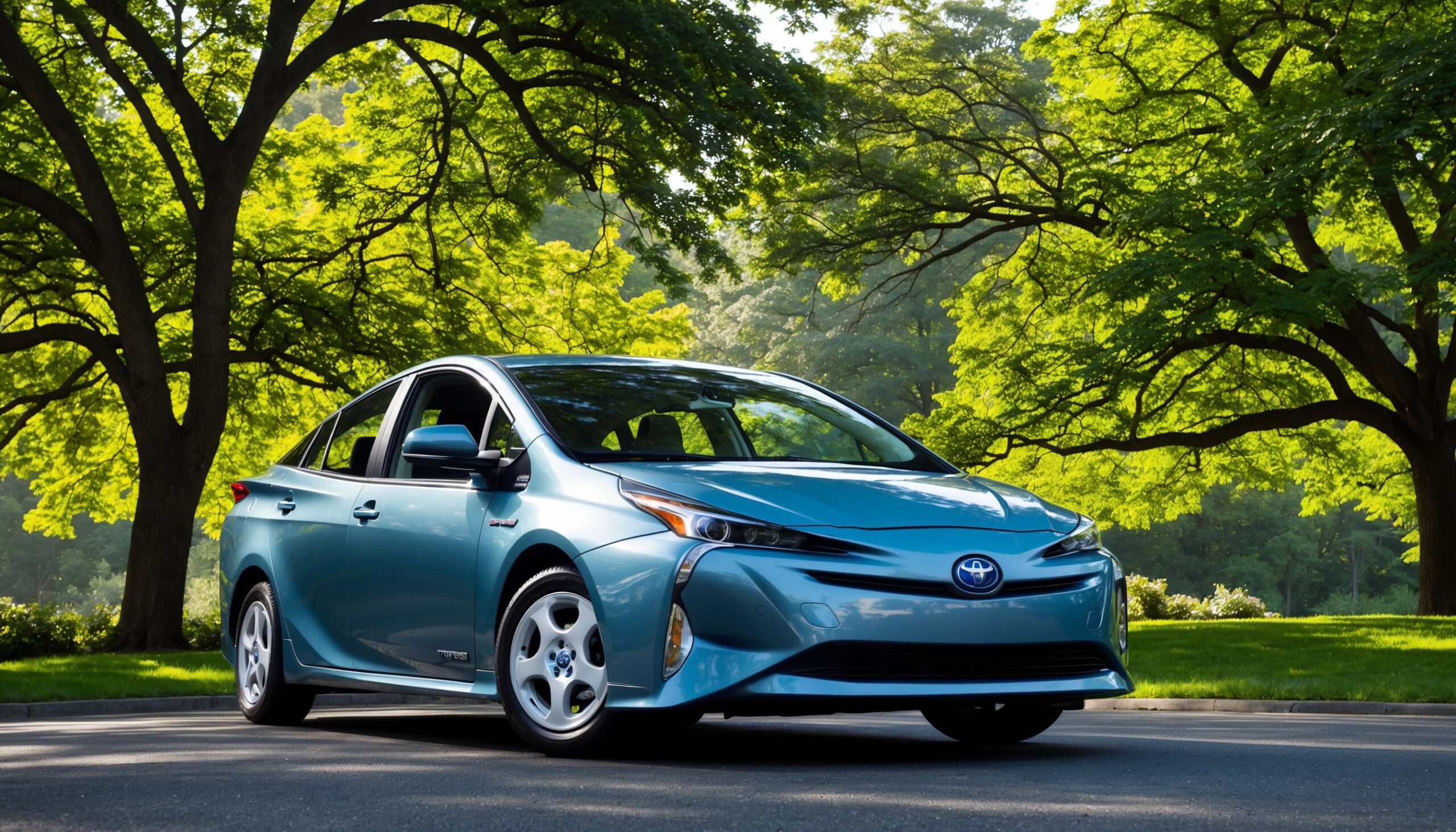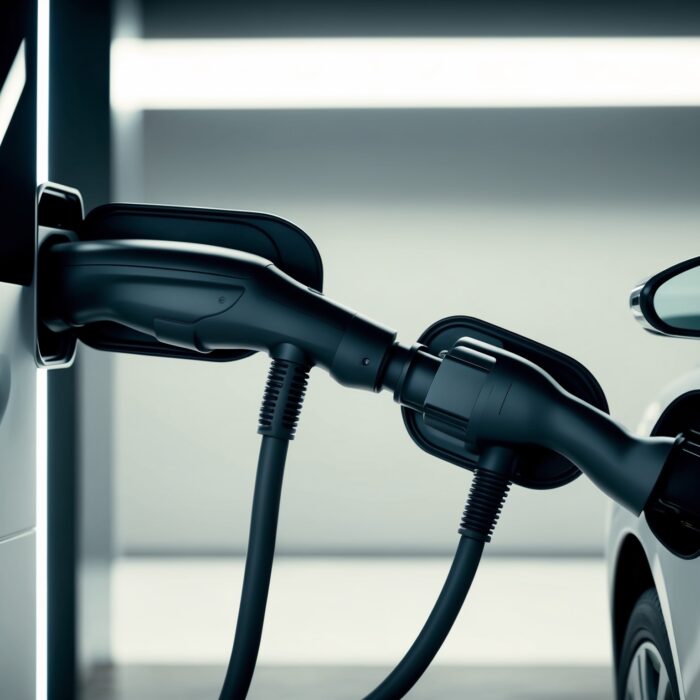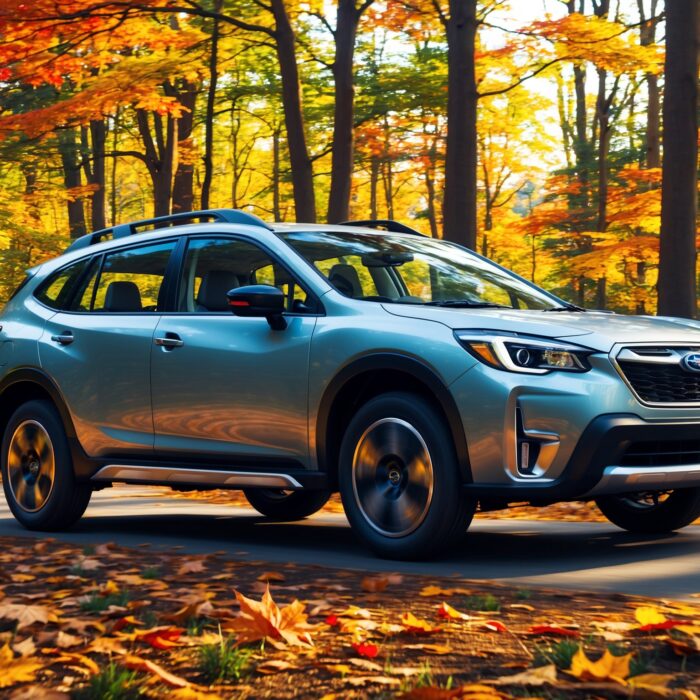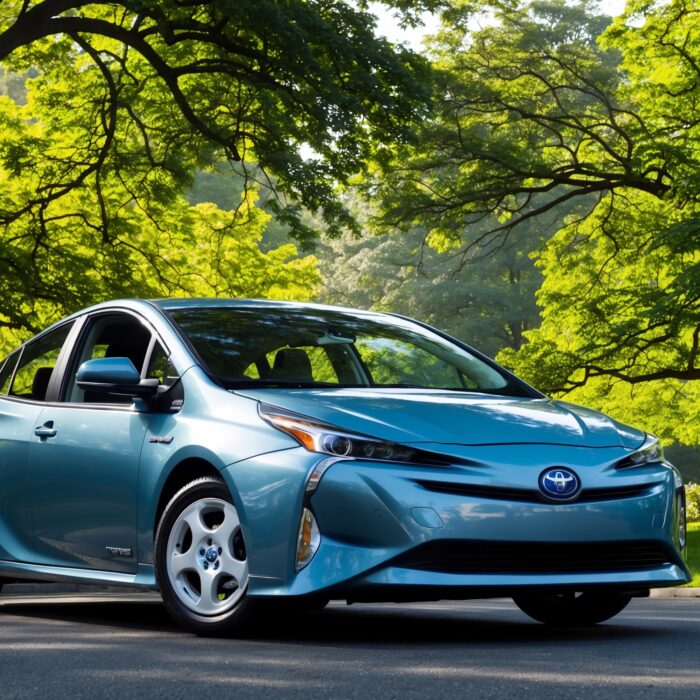Impact of Geopolitical Conflicts on the Automotive Supply Chain in 2025
As we cruise into 2025, the automotive industry finds itself at a crossroads, influenced heavily by geopolitical conflicts that ripple through various sectors. For car enthusiasts and industry stakeholders alike, understanding these dynamics is crucial. Let’s dive into how these conflicts shape the automotive supply chain and what it means for the vehicles we drive, the technology we love, and the future of mobility itself.
The Automotive Supply Chain: A Complex Network
Before we explore the impacts of geopolitical conflicts, it’s important to recognize the automotive supply chain’s intricate web. It encompasses everything from raw material extraction to final assembly and distribution. This network involves numerous players, including:
- OEMs (Original Equipment Manufacturers): Companies like Ford, Toyota, and Volkswagen that design and manufacture vehicles.
- Suppliers: Companies providing components, from microchips to tires.
- Logistics Providers: Firms responsible for transporting goods across borders.
- Regulatory Bodies: Governments and organizations that enforce standards.
Any disruption in one area can send shockwaves throughout the entire supply chain, affecting production schedules, costs, and ultimately, consumer choices.
Geopolitical Conflicts: The Underlying Forces
Geopolitical conflicts can arise from various sources, including territorial disputes, trade disagreements, and economic sanctions. As the world becomes increasingly interconnected, the automotive supply chain is particularly vulnerable to these tensions. Here are some key scenarios that could unfold by 2025:
1. Trade Wars and Tariffs
When nations engage in trade wars, tariffs on imported parts can increase costs for manufacturers. For instance, if the U.S. imposes tariffs on steel from a certain country, American automakers might face higher production costs, which could be passed down to consumers.
2. Resource Scarcity
Geopolitical tensions can lead to resource scarcity, especially concerning critical materials like lithium, cobalt, and rare earth elements essential for EV batteries. If a major supplier faces political instability, it could result in significant delays and price increases, impacting electric vehicle (EV) production.
Also Read: The Global Tug-of-War for Battery Raw Materials: Lithium and Cobalt
3. Sanctions and Export Controls
Countries may impose sanctions on nations that violate international norms. For instance, if sanctions are placed on a country that supplies vital automotive components, OEMs could find themselves scrambling for alternative sources, leading to production slowdowns.
Effects on Production and Innovation
As geopolitical conflicts evolve, their impact on production and innovation within the automotive sector becomes increasingly pronounced. Here’s how:
Production Delays
When geopolitical tensions escalate, manufacturers may face delays in receiving essential components. This can lead to:
- Longer Lead Times: With parts stuck at borders or in transit, production schedules can be delayed, leading to empty dealerships and frustrated consumers.
- Increased Costs: Manufacturers may need to source parts from farther away, increasing logistics costs that could be passed on to consumers.
- Reduced Output: In severe cases, production lines may halt altogether, leading to a shortage of vehicles on the market.
Innovation Stagnation
Innovation often thrives in stable environments where companies can invest in research and development. Geopolitical instability can divert resources away from innovation, resulting in:
- Delayed Electric Vehicle Rollouts: Automakers might delay the introduction of new EV models due to uncertainties in battery supply chains.
- Slower Adoption of Autonomous Technologies: As companies grapple with supply chain issues, investments in autonomous vehicle technology may take a backseat.
The Shift Towards Resilience
In response to these challenges, the automotive industry is pivoting towards resilience. This shift involves rethinking supply chain strategies to minimize the impact of geopolitical conflicts. Here are some strategies that manufacturers are adopting:
1. Diversifying Supply Sources
To mitigate risks, companies are exploring multiple supply sources. For example, if a major supplier is located in a politically unstable region, automakers might seek alternatives in more stable countries. This strategy helps ensure that production continues even if one supplier faces disruptions.
2. Investing in Local Production
Many OEMs are moving towards localized production to reduce dependency on international supply chains. By establishing manufacturing plants closer to home, companies can:
Also Read: Reshoring and Nearshoring: Bringing Auto Parts Manufacturing Back Home
- Reduce Shipping Costs: Shorter distances mean lower transportation costs and faster delivery times.
- Enhance Flexibility: Local production allows for quicker adjustments to changing market demands.
- Support Local Economies: Investing in local manufacturing can foster goodwill and strengthen community ties.
3. Building Strategic Alliances
Collaboration is becoming increasingly important. Automakers are forming strategic alliances with suppliers and technology companies to create a more robust network. By pooling resources and knowledge, companies can weather geopolitical storms more effectively.
Consumer Perspectives: What It Means for Car Enthusiasts
As car enthusiasts, you may wonder how these geopolitical conflicts and supply chain challenges affect you directly. Here’s what you need to know:
1. Vehicle Availability
With potential production delays, the availability of new vehicles may fluctuate. You might notice:
- Longer Wait Times: If you’re eyeing a specific model, be prepared for longer wait times as manufacturers navigate supply chain issues.
- Increased Prices: As production costs rise, so too might the prices of new vehicles, making it essential to stay informed about market trends.
2. Shift in Technology
As manufacturers pivot towards resilience, the technology in vehicles may evolve differently than anticipated. This could mean:
- Delayed Electric Vehicle Options: If battery supplies are impacted, the rollout of new EV models might be slower than expected.
- Enhanced Features in Existing Models: Automakers might focus on refining current models rather than introducing entirely new ones.
3. Greater Emphasis on Sustainability
As the automotive industry grapples with supply chain challenges, there’s a growing emphasis on sustainability. This could lead to:
- Increased Use of Recycled Materials: Manufacturers may prioritize the use of recycled materials in production.
- Focus on Renewable Resources: Companies might invest in cleaner technologies, making their vehicles more environmentally friendly.
Global Collaboration: A Path Forward
While geopolitical conflicts pose significant challenges, there’s also an opportunity for global collaboration. The automotive industry can play a pivotal role in fostering international partnerships that promote stability and innovation. Here’s how:
1. Cross-Border Initiatives
Automakers can engage in cross-border initiatives to share resources, technology, and expertise. This collaboration can lead to:
- Shared Research and Development: By pooling resources, companies can accelerate innovation in areas like electric and autonomous vehicles.
- Joint Ventures: Companies can form joint ventures to tackle common challenges, ensuring a more stable supply chain.
2. Advocacy for Trade Policies
The automotive industry can advocate for fair trade policies and regulations that promote stability. By engaging with policymakers, companies can:
- Influence Trade Agreements: Advocating for agreements that lower tariffs and encourage trade can benefit the entire industry.
- Promote Sustainable Practices: Working together to establish environmental standards can lead to a more sustainable automotive sector.
The Road Ahead: Preparing for Uncertainty
As we look towards 2025 and beyond, it’s clear that the automotive industry must remain adaptable in the face of geopolitical conflicts. For car enthusiasts and industry professionals, staying informed about these developments is vital. Here are some tips for navigating this uncertain landscape:
1. Stay Informed
Keep an eye on global events and their potential impacts on the automotive industry. Follow reputable automotive news sources, including Torque Feed, to stay updated on the latest trends.
2. Be Patient
If you’re in the market for a new vehicle, be prepared for potential delays and price fluctuations. Patience can be your best asset during times of uncertainty.
3. Embrace Change
As the industry evolves, new technologies and models will emerge. Embrace these changes and consider how they may enhance your driving experience.
In summary, the impact of geopolitical conflicts on the automotive supply chain in 2025 is multifaceted, affecting everything from production to innovation. As enthusiasts, understanding these dynamics allows us to appreciate the complexities of the vehicles we adore and the industry as a whole. By staying informed and adaptable, we can navigate the twists and turns ahead, driving into a future shaped by resilience and collaboration.

